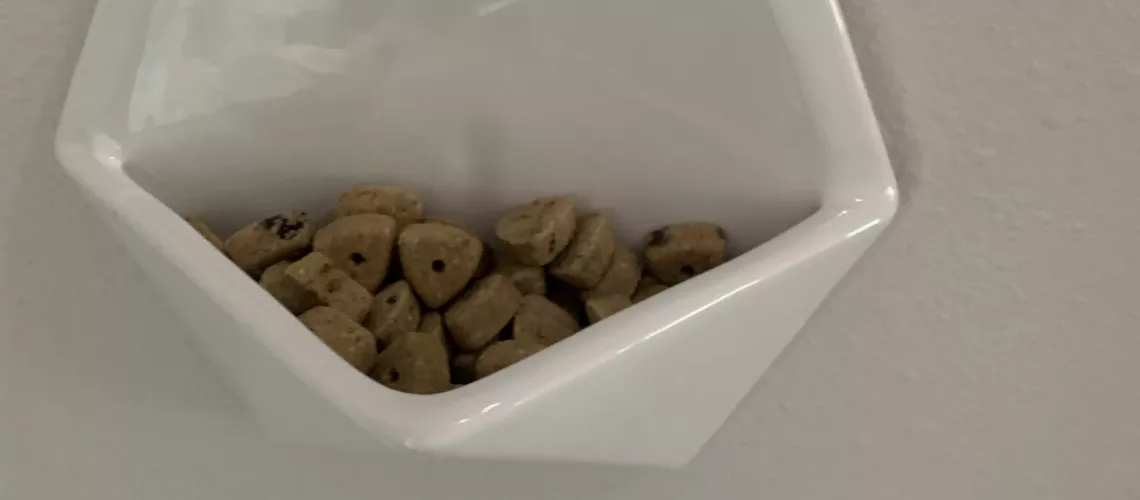Pets running out the door: Dangerous, Annoying, and Stressful!
Pets happily waiting inside until they are invited to go out (IF they are invited!): Priceless.
When you want to “stop” a behavior, simply envision the opposite behavior that your pet could do instead. Teach this alternate behavior to “replace” the behavior you don’t want. In this case, the opposite of running toward/out the door is turning away from the door and moving in the opposite direction.
Train this by tossing treats in the direction you want the pet to go – away from the door.
By doing this every time you open the door, you’re creating a new routine: a new response to the stimulus of opening the door. Over time, you’ll see your pet waiting farther away from the door for the treat.
You can use the same technique when you’re coming in the door; some pets are all over you as you enter, causing you to stumble or drop your stuff. Other pets can’t wait to run out and see what the rest of the world looks like, while you’re trying to come in from a long day. At first, you may have to open the door just a crack, reach your hand in, and toss the treat to get your pet to move far enough away for you to open the door and walk in without squeezing through! Over time, you’ll see your pet waiting farther away. You’re establishing the location where your pet will wait by where you toss the treats.
Teach this behavior and practice it, and you won’t have to shimmy through your door sideways any longer! Your pet will wait patiently inside as you go out and when you come in the door.
Doorway Treats: Put Them Where You Need Them
In order to practice regularly, your treats need to be where you’re going to need them. This is part of your planning process for your training sessions. These wall planters are just right – not too big or in the way, big enough to hold plenty of treats, and decorative.
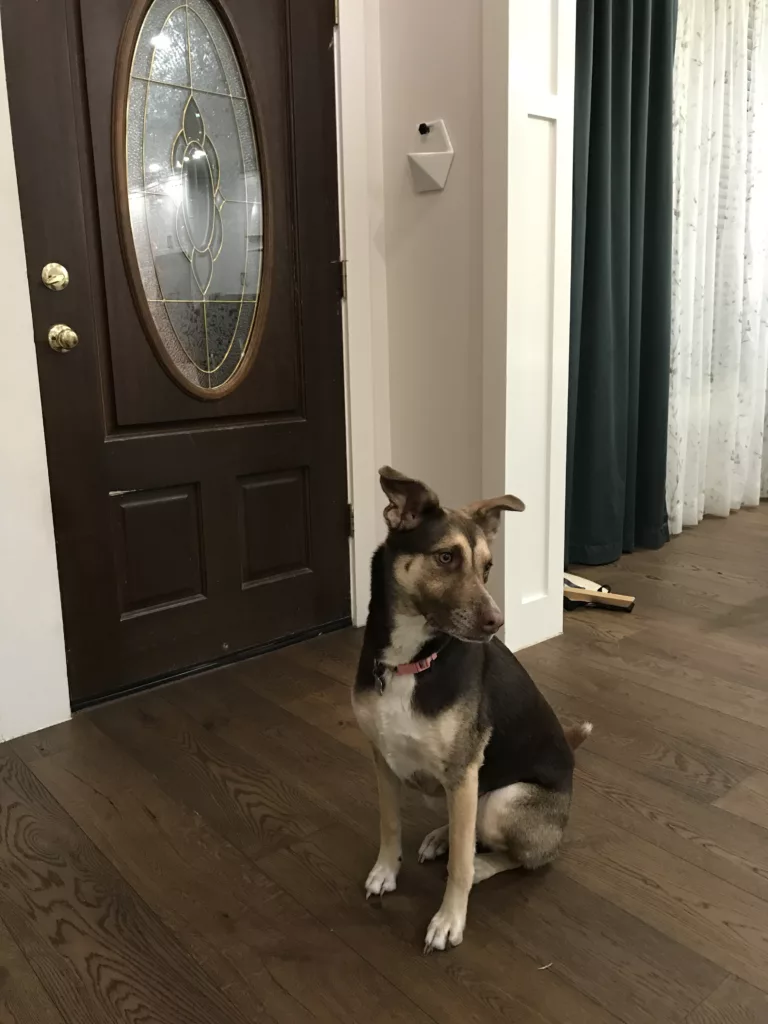
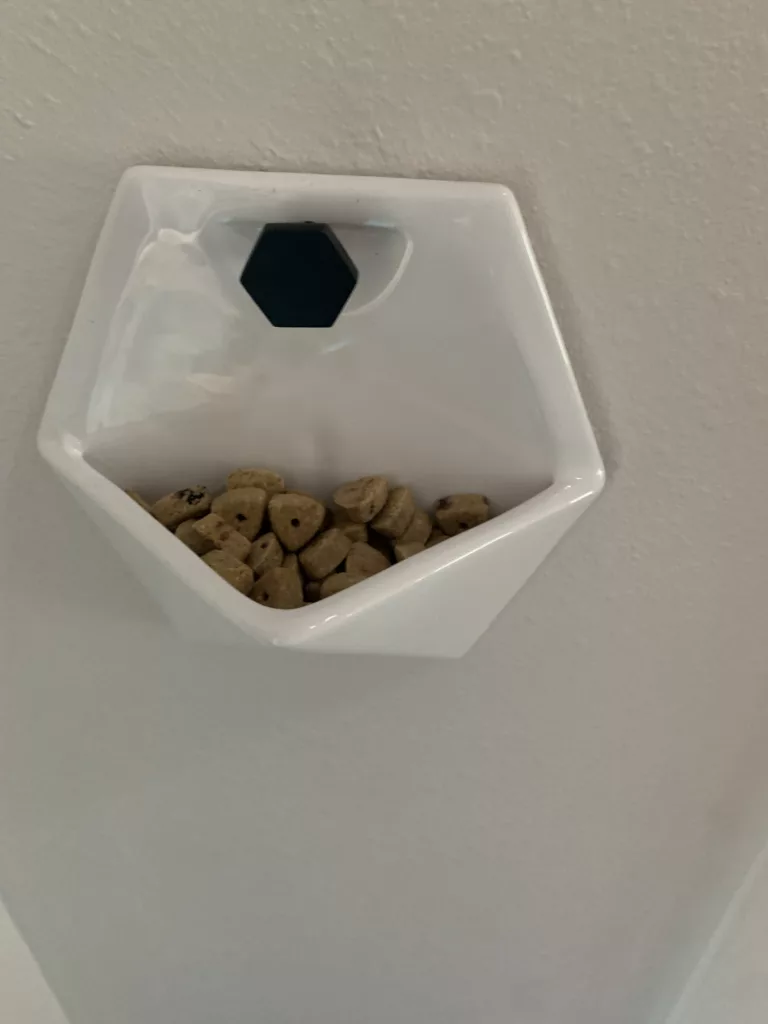

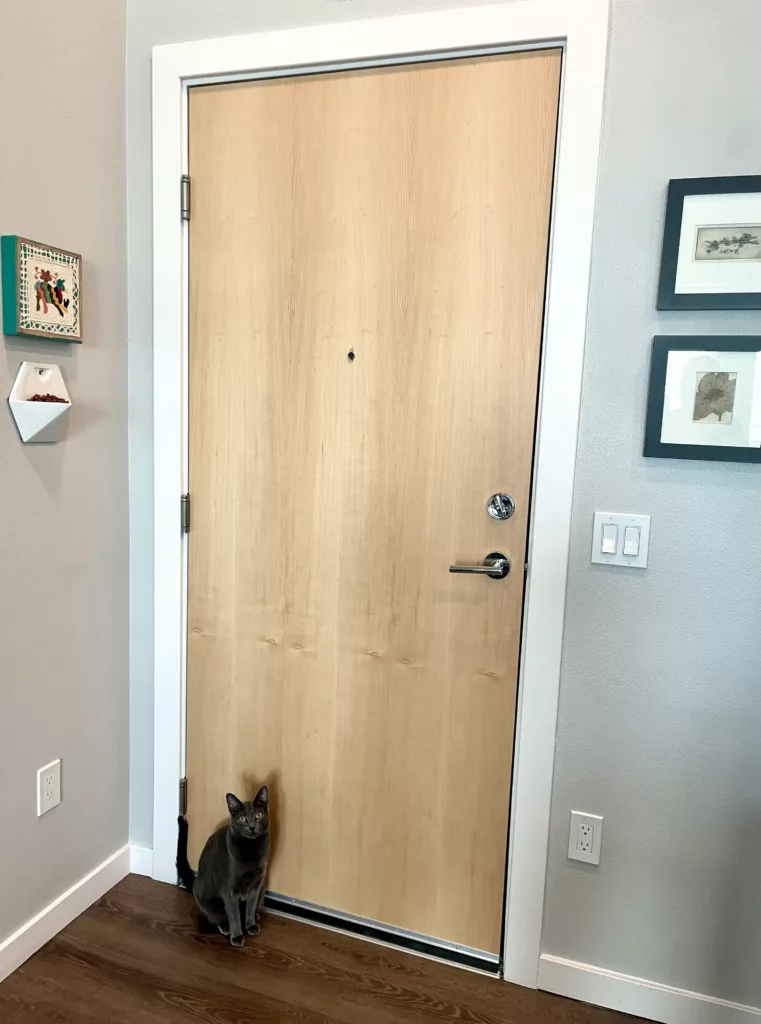
To make training easier, place a wall basket just outside your door, too. Keep non-perishable treats in a plastic bag available there. You and your visitors will be able to easily grab treats to help your pet learn to be calm and keep 4-on-the-floor while humans come in the door. These same treats are handy for teaching pets to keep their 4 paws on the floor instead of jumping up on everyone who enters your home.
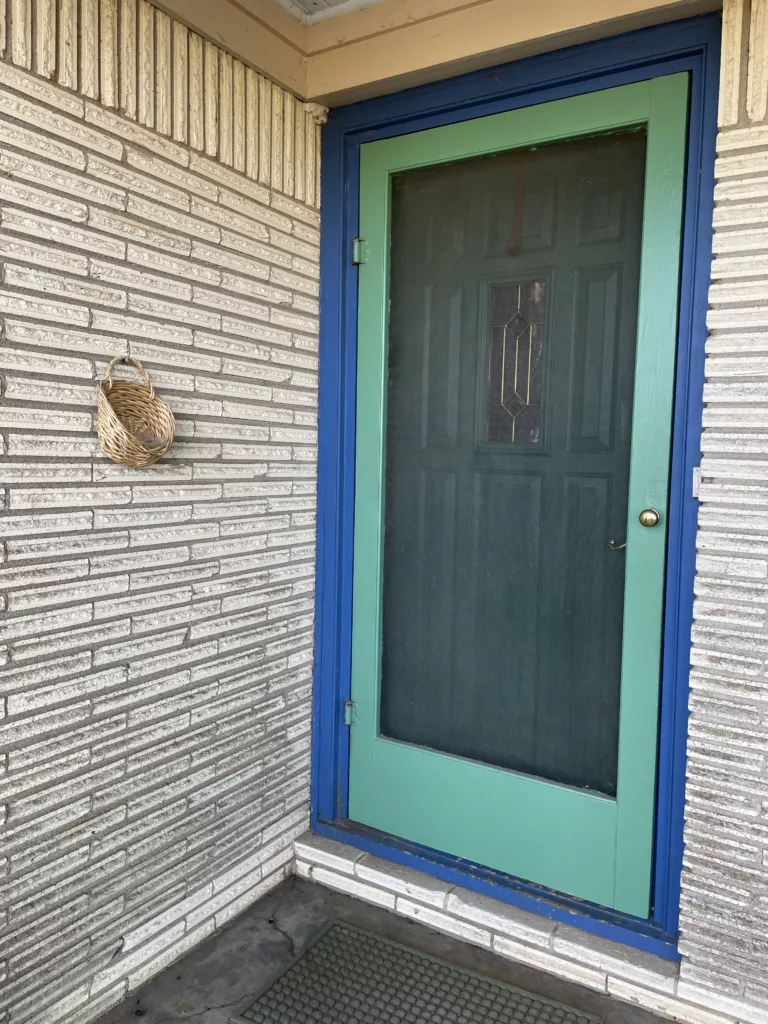
As Dr. Bob Bailey often says, “Training is simple, but not always easy.” Put in the effort to make it easy on yourself. Make the plans, do the preparations, and gain the benefits for yourself and your pets!

